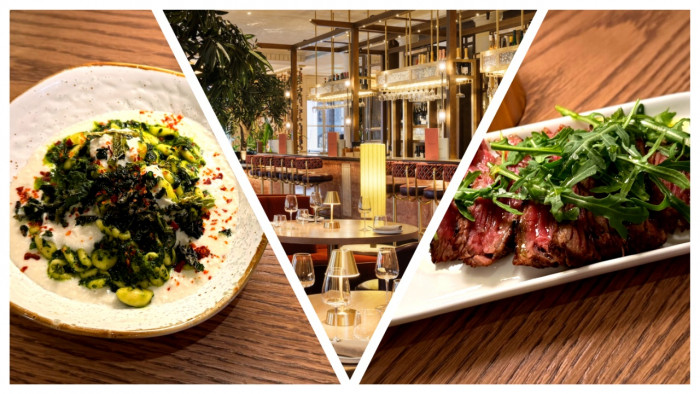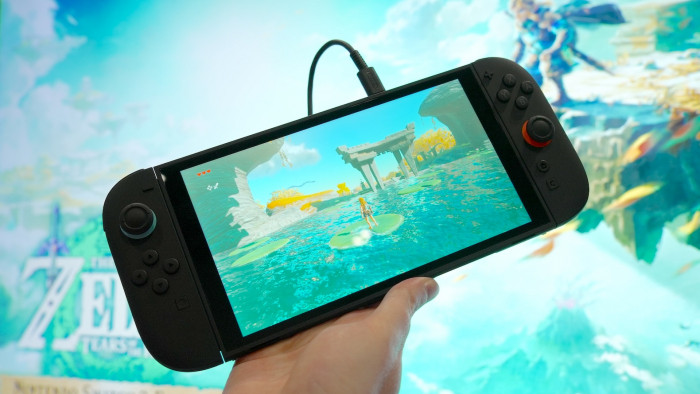Ermenegildo Zegna is one of the last remaining family-owned Italian fashion empires. With unparalleled notoriety in both the weaving of luxury fabrics and the manufacture of tailoring, it stands alone in claiming ownership of the provenance of its suits. Adrian Clark takes a journey of discovery to Trivero
One of the most common questions I am asked is “where is the best place to find a suit?”. In the majority of cases the question is suffixed by “for no more than £500”, which always leaves me struggling with a shortlist of usual suspects as equal-place appropriate contenders. When “budget is no concern”, the search begins and ends at Ermenegildo Zegna. A conclusion
I have reached for several reasons. Firstly Zegna, founded in 1910, is still family-owned (now managed by the fourth generation) and, as large an empire as it may now be, continues to function with the same level of pride, passion and attention to service and detail that is unique only to a self-owned business.
Secondly, while many luxury brands claim to care about the provenance of its output, Zegna takes that ideal to its extreme, setting up initiatives worldwide to improve the quality of its product from start to finish. In short, it is one of a rare clique of tailors that controls the entire process from the sheep’s back to yours, having been through hundreds of different pairs of hands along the way.
Thirdly, regardless of its history, Zegna still has its finger on the pulse of forward-thinking contemporary tastes and trends. It is, in short, the definitive go-to destination for the best suit you will ever own, and deserving of its hefty price tag. Here’s why:
Crop Initiatives
As one of the biggest buyers of ultra-fine merino wool on the planet, Ermenegildo Zegna has encouraged, supported and rewarded the efforts of the Australian wool industry in the production of finer and softer crops since 1963. It has even inaugurated an annually awarded incentive in the form of the Vellus Aureum Trophy, creating a worldwide quest to find the finest wool crop of 13.9 micron and finer. Such is an example of the level of Zegna’s influence on the standards of global wool production as a consequence of the trophy that in 2010 a soft ultra-fine, 10-micron fleece from Windradeen, New South Wales set a new world record in the fineness of wool fleeces when it won the gong.
The materials that are created as a result of the competition each year are at the very pinnacle of the Ermenegildo Zegna fabric offering. A maximum of only 60 pieces are offered to invited clients once a year. ‘Vellus Aureum’ is a made-to-measure cloth, and Ermenegildo Zegna is the only global brand to offer clients a fabric woven according to their specifications. The ultimate finishing touch is provided with the client’s name woven into the fabric selvedge.
Fabric
The very heartbeat of the business. It’s where the story began and continues to this day at its founding homestead HQ in the picturesque commune of Trivero in the Piedmont region of Italy. Upon arriving in Trivero to begin my journey of discovery at the Zegna Woolmill, the first thing to surprise me was how peaceful and far-removed from what I imagined a manufacturing plant that produces around 2.3 million metres of luxury fine fabrics a year – making it one of the biggest players in weaving worldwide – should be.
Crops are woven here into fabrics that are renowned internationally (every major Italian designer brand from Armani to Versace has been a customer of Zegna’s fabrics) to be lighter, softer and more refined than anything the competition can offer, but with the advantage of improved performance and functionality. The crops are washed, combed, spun, dyed and warped to create fabrics boasting exceptional softness. Skilfully mixing these yarns with wool fibres and other raw materials, Zegna has refined the perfection of textiles. To better understand the degree of its extraordinary achievement in creating Zegna wool yarn from 17 microns (for extra-fine quality fabrics) to 11.5 microns (for Vellus Aureum), it’s useful to know that a single human hair is 50-60 microns and the most flexible Scottish tweeds measure 35 microns.
By the time a suit ends up in a Zegna store, more than 500 hands will have touched it. The hands start their work by shearing the wool, weaving it, bundling it, dyeing it, knitting it, ironing it, cutting it, sewing it, ironing it again (and again), picking at it with thistles from the cardoon plant, and examining it with attentive eyes and a tiny needle to fix any problems that these same hands may have left.
In the first manufacturing stages, the wool is washed. The raw material is then combed to obtain the so-called ‘top’, a tape rolled in big reels. Notable fibres such as cashmere and vicuña, after washing, undergo the ejarratura in which all raw fibres, the ‘jarre’, are removed. The process gives an extremely soft and delicate flock.
The process of how wool becomes yarn and then cloth takes 60 working days, and a dozen different hands and machines work to produce those two million metres-plus of fabric annually.
During the intermediate process, the fibres are combed and re-combed multiple times in order to obtain a clearer, more uniform and regular fibre. Machines then spin the wool and workers pile it into old-fashioned wooden crates. Next, men and women with the medieval title of ‘master-dyer’ – who are in fact modern chemists that have spent decades practising their craft – oversee the mixing of colours and the pouring of dyes into large stainless-steel machines where the yarn waits at the bottom. The higher the quality of the yarn, the lighter the colour of the dye, as high-quality wool requires only a delicate tinting. After which, workers string the dyed yarn on to a machine that holds it like a giant spider’s web over their heads and spins it on to huge cylinders, creating the warp of the fabric.
Rows of looms then weave the threads into fabric. It almost looks as if 1,000 invisible knitters are flashing their needles amid a thunderous noise and, in fact, this is not far from the truth. There is no automatic way to set up the loom: someone has to position each of the 6,000 knots on the beam that makes the weft. By now, fabric is beginning to emerge: an overlay of stripes, plaids, and checks enlivening the conventional background of the brown and gray of men’s suiting. Huge rolls of fabric, complete with the Zegna name on the selvedge, are now ready for finishing.
Manufacture
Zegna is one of the very few luxury brands in the world that specialises in menswear, manufacturing some 600,000 sleeve-unit suits every year for both its own-label tailoring as well as the likes of Gucci and Tom Ford. At the very top end of the manufacturing output is the ‘Made To Measure’ service. Having turned the wool into cloth, the bales of material are sent to the artisanal suit factory at Stabio, on the Swiss side of the Italian border, where the cloth becomes a suit.
A Zegna suit consists of 100 pieces; the lining alone contains 12. A buttonhole takes hours of careful cutting and close-in stitching. No machine can do precise work better than a person.
Made to Measure
Ermenegildo Zegna’s ‘Su Misura’ suits are made to measure and orderable in all Ermenegildo Zegna stores. They cost slightly more than regular Ermenegildo Zegna suits, but the service provides clients with a custom-ordered suit detailed to his own specifications.
The unmistakable style of Zegna made to measure is extremely tailored, with a silhouette that echoes the natural Neapolitan tailoring and is characterised by precious details. Zegna is able to deliver fully customised items within four to five weeks, and requires only two fittings.
The made-to-measure suit is both priceless and personal for the wearer. The clothes take form thanks to the hands of expert tailors who knowingly drape and sew the fabric, defending the traditions of exquisite craftsmanship and demonstrating that there is still the need for a style exclusively personal and individual in the dictionary of Zegna.










